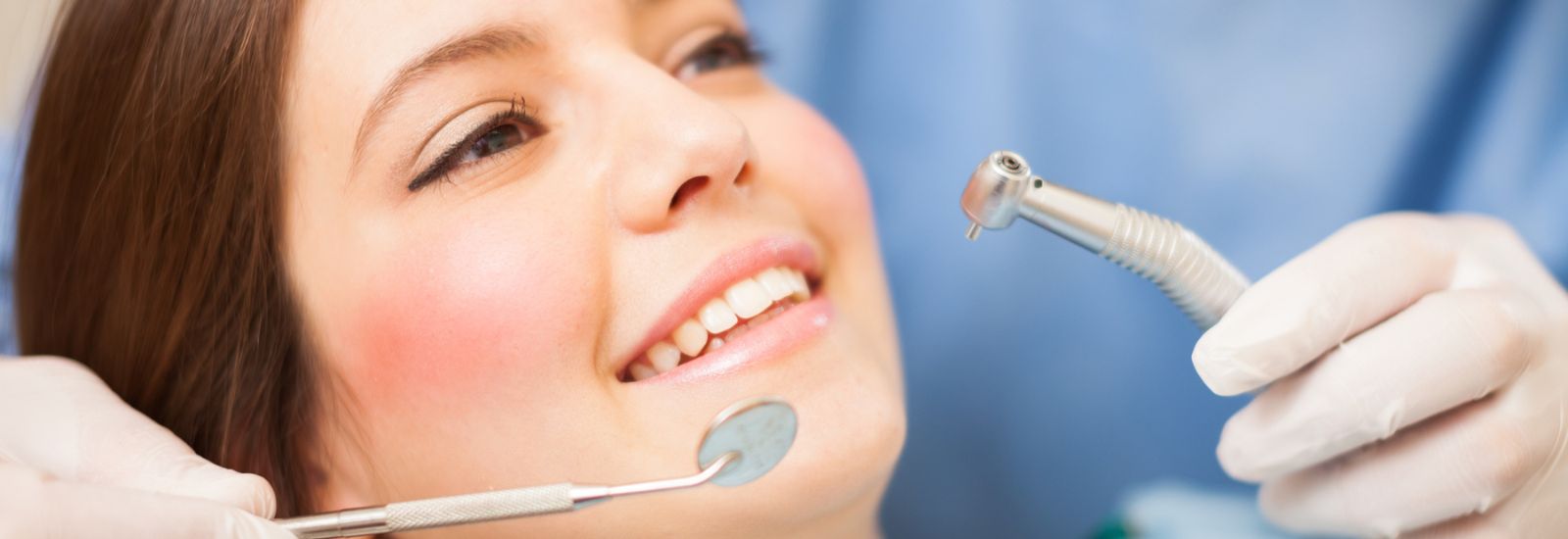We practice conservative dentistry with inlays and onlays to rebuild damaged teeth
At the Athens Dental Group, we ask: “Why place a full crown when you can place a partial crown (or dental onlay)?” Or, “Why place a partial crown when you can place a dental inlay?” And lastly, we ask, “Why place a dental inlay when you can place a ‘simple’ filling?” These questions also represent our fundamental approach to caring for all the oral health needs of individuals and their families from across greater northern and eastern Georgia. Led by Drs. Drew Richardson, Brant Sandifer, and R. Lawrence George, our team practices conservative dentistry.
What exactly are dental inlays and onlays?
Our teeth are made up of parts. The white part above the gum line noticeable when you smile is called the “crown.” Our natural crowns may sustain damage due to progressive enamel erosion, tooth decay such as cavities, and deep or severe inflammation and infection at the tooth’s center (its pulp chamber).

Excessive wear and tear due to behaviors like chronic teeth grinding, cracks, and other trauma can also break down the protective, hard enamel covering of the tooth. When this happens, the softer inner parts of the tooth are vulnerable to damage, too.
Fortunately, our talented and experienced dentists can replace lost or weakened tooth structure. They do so with dental restorations like inlays and onlays. Both types of restorations can be made from “tooth-like” materials like color-matched ceramics and composite resin. These materials are prepared and applied to the natural, remaining tooth structure. Once bonded or secured in place, the inlay or onlay fills in the deteriorated or lost parts of the tooth. The strength of the tooth is restored.
What is the difference between an inlay versus an onlay?
Generally, an inlay may be suitable for patients with a tooth that has a larger cavity. A simple dental filling must have sufficient remaining tooth structure for the dental material or restoration to hold on to and to support the lasting health and functionality of the treated tooth. If not, the tooth is susceptible to further damage. An inlay provides more coverage and support to a tooth with more extensive damage. An onlay is a step up in terms of coverage from an inlay. It is sometimes referred to as a “partial crown” because the onlay is considered to be an alternative to a full dental crown.
How do you treat teeth with inlays and onlays?
The process is generally no more extensive than a routine filling. To ensure utmost comfort, a localized anesthetic is applied. So, you won’t feel anything as we go to work removing any damaged tissue and reshaping the tooth. Once we have given the tooth a “clean slate,” the prepared dental material is skillfully applied to build and restore the tooth. For inlays, the material covers just the surfaces of the teeth and not the high points (cusps or tips). For onlays, the material covers both the chewing surfaces and at least one of the tip(s) or cusp(s). Once everything looks and feels perfect, the material is “fixed” or bonded in place.
Athens Dental Group welcomes any additional questions that you may have. Proudly serving Watkinsville, Athens, Winder, Bethlehem, Jefferson, Winterville, Madison, and other communities in greater Clarke and Oconee counties, our team in Athens, GA, can be reached at (706) 666-4611.


